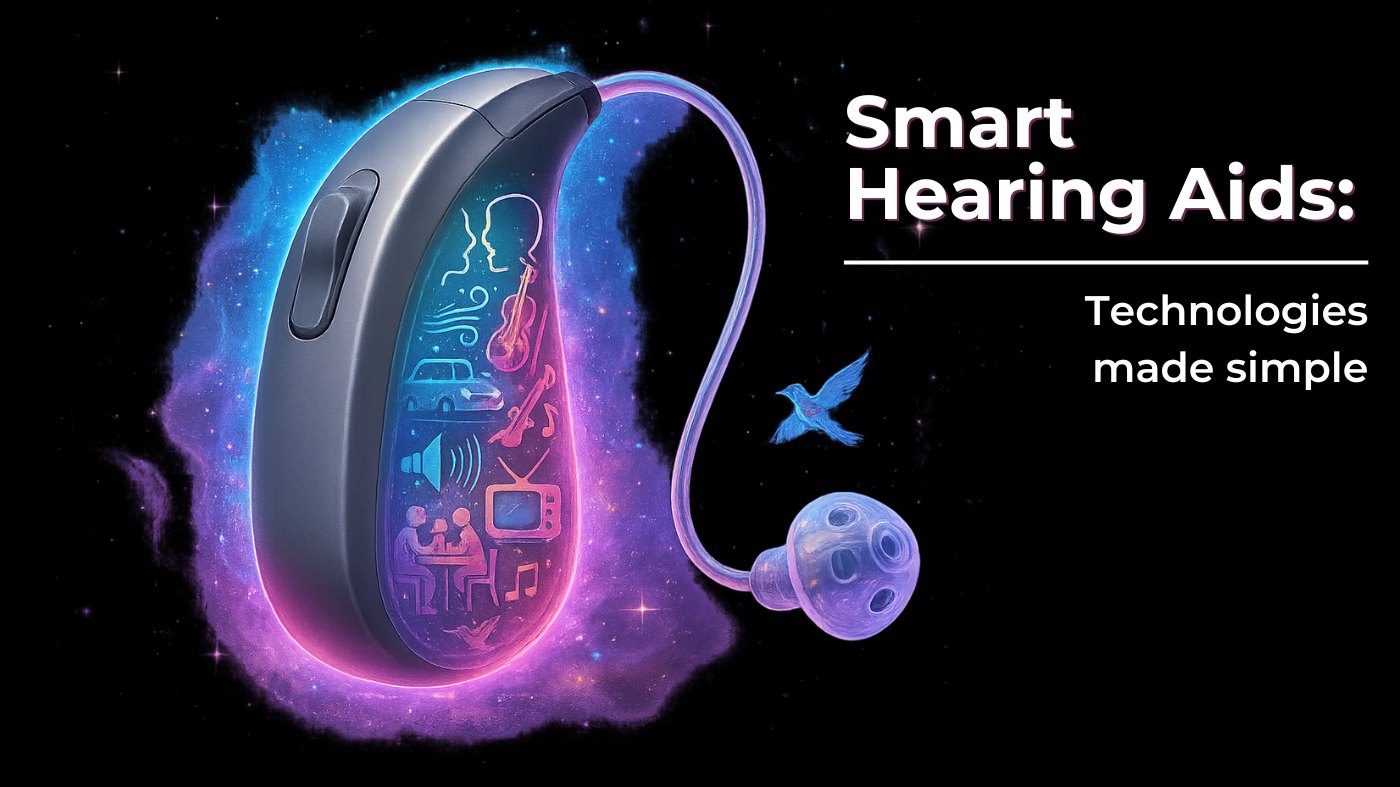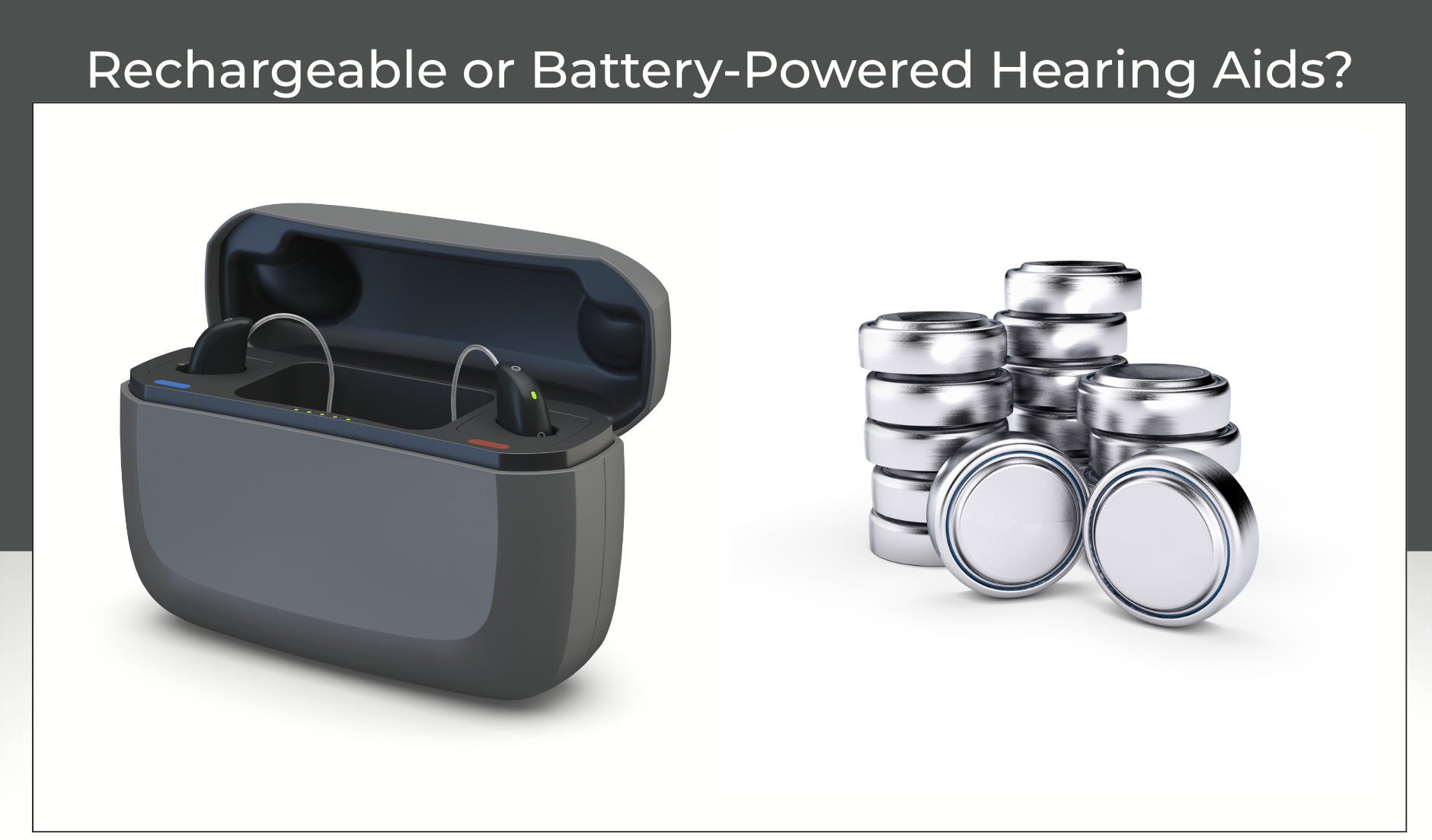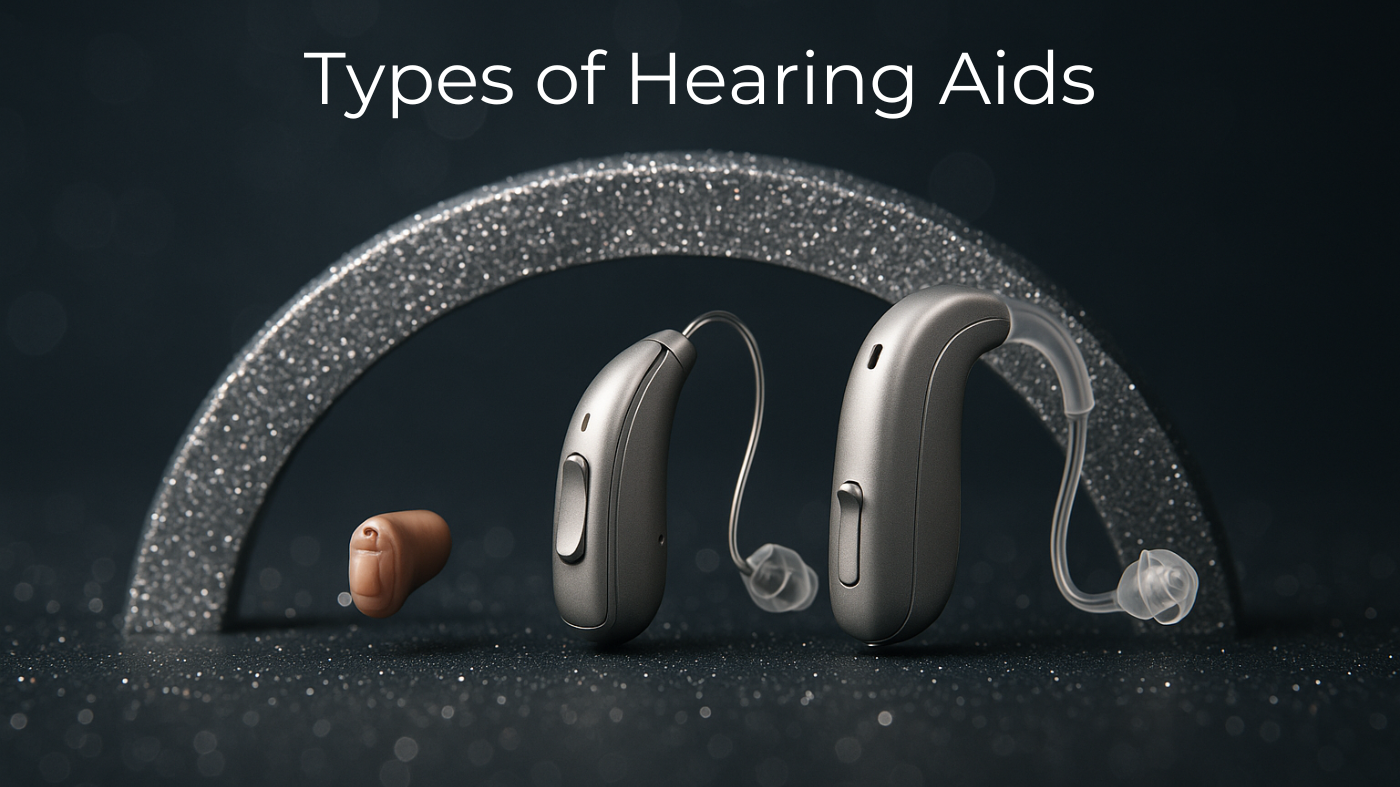
Hearing Aid Price Explained: What You’re Really Paying For
When it comes to hearing aids, one of the most common – and most confusing – questions people ask is:
“What’s with the price?”
The truth is, the hearing aid price depends on much more than just the device itself. It reflects a combination of cutting-edge technology, personalized software, design complexity, and the quality of professional care. Hearing aids aren’t simple amplifiers – they’re highly sophisticated medical tools that are tailored to your needs and your lifestyle.
Let’s break it all down.
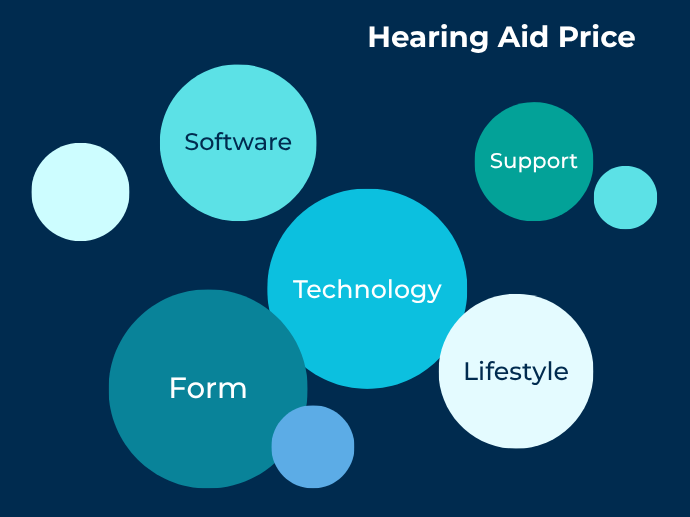
Table of contents
1. Form Follows Function: The Influence of Size and Shape
The physical design of a hearing aid – whether it’s a tiny in-the-ear (ITE) model or a behind-the-ear (BTE) device – has a major impact on the hearing aid price.
- Smaller is more expensive. Custom in-the-ear devices require precision craftsmanship and individually tailored shells.
- Rechargeable batteries, Bluetooth connectivity, and directional microphones add complexity – and cost.
- Discreetness often comes at a premium.
💡 Tip: Don’t let looks alone drive your decision. The right device for you balances function, comfort, and aesthetics.
2. Technology Levels: Basic Amplification vs. Smart Hearing
Not all hearing aids are created equal. Most models come in tiers – from entry-level to premium – based on the internal software and processing power.
- Entry-level devices offer good clarity in quiet settings.
- Mid-range adds better background noise suppression and some automation.
- Premium models use AI and motion sensors to adapt in real time.
🎧 Want to focus on one speaker in a noisy restaurant or stream music in stereo? That’s premium tech at work.
Not sure which level of technology is right for you? Our in-depth article on hearing aid technology breaks down the key differences between basic and premium devices.
3. It’s Not Just the Hardware – Software Plays a Big Role
Many hearing aids share the same hardware but differ in software capabilities. This means:
- Low-tier and high-tier devices may look identical.
- The software controls features like spatial awareness, wind reduction, and personalization.
📱 Think of it like buying a smartphone: the hardware might be the same, but your experience depends heavily on the software.
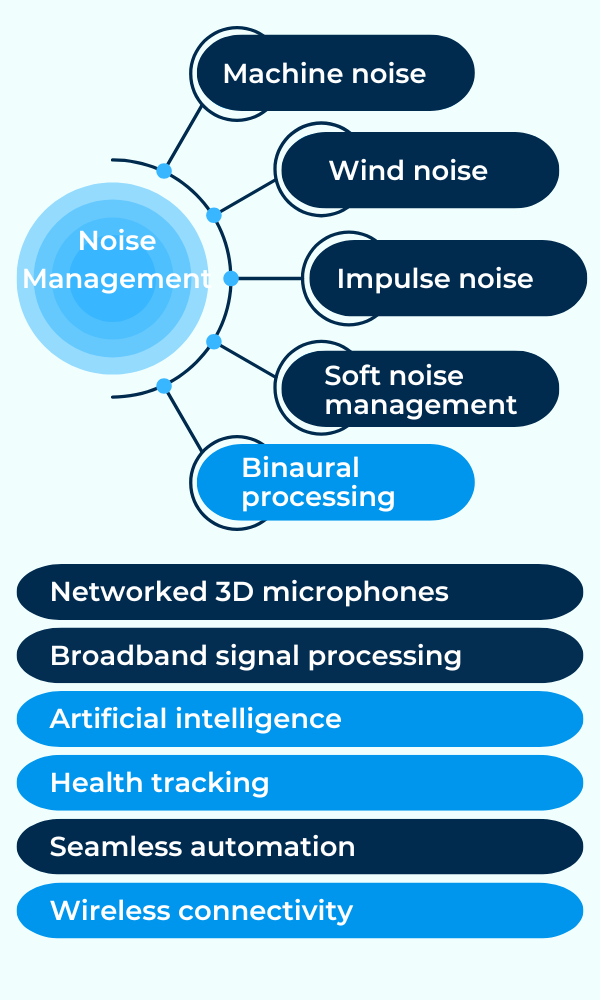
4. What’s Your Goal? Hearing Better vs. Living Better
This is perhaps the most underrated factor in pricing:
What do you want your hearing aid to do for you?
- Just hear speech more clearly? A basic model may do the trick.
- Want rich sound, automatic adjustment, and streaming? You’ll need advanced tech.
It’s the difference between functionality and quality of life.
5. Is the Higher Price Worth It? That Depends on You.
Not everyone needs the top model – but many benefit from going beyond the basics.
- Are you often in noisy environments?
- Do you want smart features and comfort?
🧠 The better the device, the less work your brain has to do to make sense of sound.
According to the World Health Organization, over 430 million people worldwide live with disabling hearing loss – many of whom could benefit from hearing aids but never get them.
6. The Human Factor: The Role of Your Hearing Professional
Even the best hearing aid won’t work well without expert fitting and support. Your hearing care provider:
- Helps choose the right model
- Adjusts settings and fine-tunes over time
- Provides long-term support and updates

👂 A great hearing aid, fitted by the wrong person, can underperform. A good hearing aid, fitted by the right person, can exceed expectations.
7. More Than a One-Time Purchase: Think Long-Term
The price often includes:
- Fitting and follow-ups
- Software updates
- Warranty and service
- Remote support
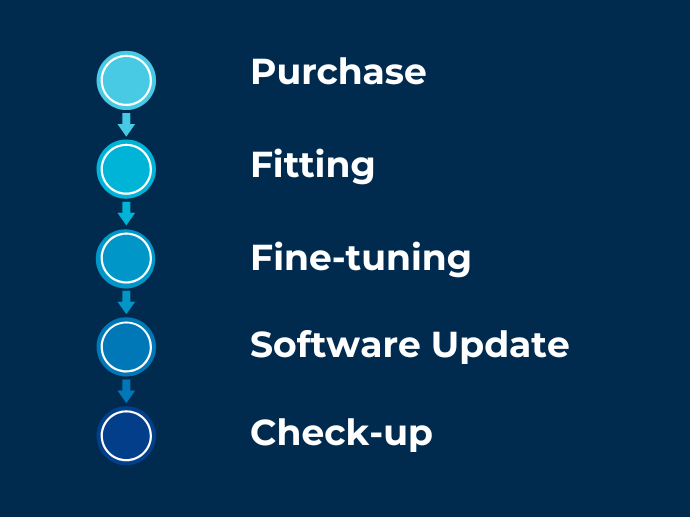
This long-term care is part of what makes a higher hearing aid price worthwhile. You’re not just buying a device – you’re investing in lasting support and better hearing.
8. Insurance, Subsidies, and Value-Based Choices
Coverage varies greatly by country:
- Some systems offer free basic models.
- Others cover partial costs; premium features are extra.
- In some regions, hearing aids are a private medical purchase.
Ask yourself: What is better hearing worth to me, personally?
In Summary: What Determines the Price of a Hearing Aid?
| Factor | Impact on Price |
| Form factor | Smaller, custom-made = higher price |
| Tech level | More features, smarter sound = higher price |
| Software | Hidden cost driver, big performance difference |
| Comfort & sound quality | Priceless for many users |
| Fitting expertise | Essential, often overlooked |
| Long-term care | Included in many prices |
| Your lifestyle | Drives the features you’ll actually use |
Final Thought
There’s no one-size-fits-all answer to hearing aid pricing, and there shouldn’t be.
You’re not just buying a device — you’re investing in how you connect with the world.
If you focus only on the price tag, you might miss what really matters:
Feeling at ease. Following conversations. Enjoying life again.
Choose the level of hearing that suits you. And choose a professional who takes the time to get it right.
Ultimately, choosing the right device means understanding what drives hearing aid price — and focusing on what really matters to your quality of life.
About the author
-
Smart Hearing Aids: The Technologies That Define Modern Devices in 2025
Smart hearing aids are no longer just amplifiers – they’re miniature marvels of high tech. Today’s models pack more computing power than the first lunar lander. Best of all: they don’t just serve your ears – they enhance your overall quality of life. Most of the features described below are now standard in many devices.…
-
Rechargeable vs Battery Hearing Aids: 6 Key Factors to Help You Decide
Rechargeable hearing aids have quickly become a popular choice. But is all the hype justified? Are rechargeable models right for everyone? In this guide, we’ll walk you through 6 important factors to consider when deciding rechargeable vs battery hearing aids. 1. How Easy Should It Be to Use? Battery-powered hearing aids: Rechargeable hearing aids: Bottom…
-
Types of Hearing Aids: Which One Is Right For You?
If you’re researching hearing solutions, you’ve probably come across several different types of hearing aids – like BTE, ITE, RIC, or CIC. But what do these terms mean, and how do you know which style is best for your needs? This guide explains the most common hearing aid types in simple, practical terms – with…


